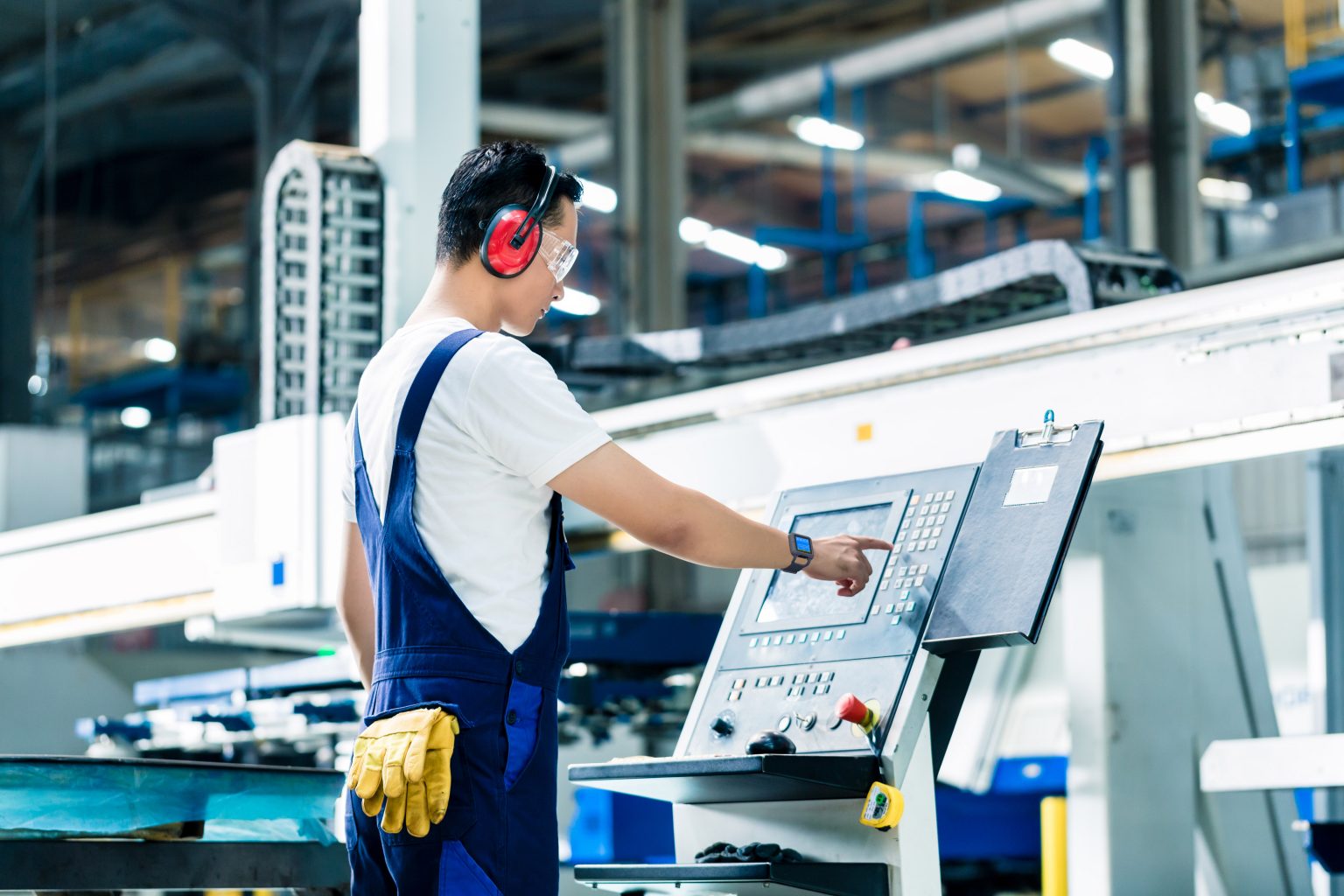4 things to keep in mind when operating multiple machines
Due to the constantly increasing degree of automation, the relationship between people and machines in production has changed. While a few years ago it was common for one employee to be responsible for a single machine, this has changed significantly over the years. As production efficiency increases, the focus is on increasingly complex machines and systems, and fewer and fewer machine operators are needed to operate more and more machines. This reduces personnel costs and allows machine operators to use their working time more effectively. In the following I will tell you how you can use multi-machine operation to optimize your production, reduce the workload of your employees and save high costs.
1. A sensory overload in the working environment
When was the last time you were in a production facility, stood between machines and equipment and looked around? How many screens, flashing lights and warnings did you notice? Machine operators work in an environment that is completely flooded with stimuli, but have to react to time-critical signals.
Causes for downtimes, such as lack of material or pending set-up processes, are therefore often detected too late. But even direct shutdowns are often noticed too late by the responsible employees, as they are busy with other activities. Therefore it must be ensured that important information is sent directly to the responsible persons. This can be achieved by using new technologies such as wear labels. Machines can send information so that workers can react immediately. In order to achieve full utilisation of man and machine, downtimes must be reduced to a minimum in addition to fast reaction.2.
2. Involve maintenance
Downtimes and non-operated plants result in high costs, among other things due to ever shorter delivery times (just-in-sequence). Therefore, machine operation and maintenance must be closely integrated. In the event of sudden malfunctions that exceed the competence of the machine operator, direct communication with the right maintenance personnel is required. Complex processes or contacting several people are wasted time. Most machine systems are already capable of issuing error messages independently, ideally you should link them to your maintenance software.
Learn more about how to make your maintenance management more efficient.
3. Improved self-organisation
Employees need sufficient freedom to react to unforeseen problems or changes in the production process. Too narrow and inflexible assignment and management of tasks should be avoided. For this reason, process managers together with machine operators must be able to design work processes individually and restructure them on the move. This is the only way to implement changes in production at short notice, spontaneously and flexibly and to run them without unnecessary detours.
4. A more effective shop floor coordination
A further challenge is the increasingly complex communication of the workers and the associated shop floor management in production. Unscheduled changes and inter-plant communication often do not reach everyone, which makes coordination among the workers even more difficult. Where in the past a short call-out was sufficient, the distances between individual employees are now so great that support can either not be coordinated at short notice, involves long walking distances or has to be organized over a telephone.
In the – in practice often occurring case – that contact persons are very busy with a call, this leads to frustration among the employees and a lot of effort to reach the right contact person. Furthermore, it is no guarantee that people can be reached at all in the spacious factory halls. Especially mobile phones often have no reception. In an emergency, this can again cause downtimes if an employee is unable to operate machines due to sudden messages, but also cannot reach a replacement.

